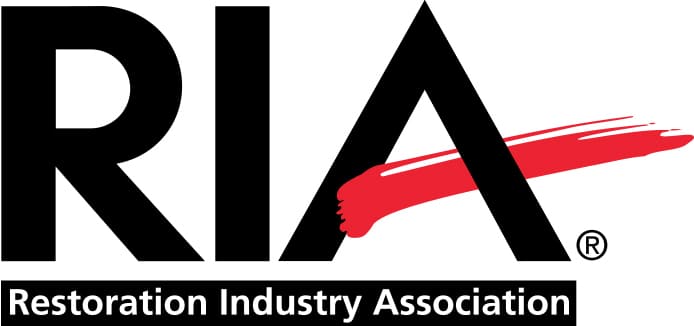
Filling out the Tax and Demolition Form can be a daunting task. This is especially so if you’re not familiar with the specific requirements that Illinois law sets. The form is typically used in compliance with Section 397 of the Illinois Insurance Code. Demolition particularly relates to properties that have incurred significant damage and may be subject to demolition. Our comprehensive guide will walk you through the process step-by-step. Additionally, it will ensure that you complete the form correctly. Following this guide will help you avoid any penalties or delays. It will also ensure that the insurance company processes your claim accurately.
Consider booking a consultation session with a public adjuster before filling out the form. This will ensure you gain full understanding of what the form entails and how best to go about handling the form.
Understanding the Tax and Demolition Form
What Is the Tax and Demolition Form?
The Tax and Demolition Form is a document that the State of Illinois requires when dealing with significantly damaged properties. This is because damaged properties often require demolition. Note that the form applies to both residential and commercial properties. This form certifies that the applicant has addressed all general and special taxes, as well as demolition expenses. Therefore, the applicant must fill out the form before an insurance company can release payment for a claim.
Why Is the Form Necessary?
The form ensures that the property owner pays all outstanding taxes and demolition costs. Afterward, the property owner can receive insurance proceeds for damages. Filling out this form is especially important in cases of fire or explosion. Undoubtedly, this process helps protect local governments from losing tax revenue. It also ensures that the property owner covers demolition costs and prevents the property owner from avoiding their responsibilities.
Feeling stuck with your claim? You don’t have to fight alone.
Reach out to us — we will review your claim for free and help you understand your options
Step-by-Step Guide to Filling Out the Form
Step 1: Gather Necessary Information
Before you start filling out the form, you will need several pieces of information:
- Property Details: The street address, municipality, or county where the property is located. It also helps if you know the property’s tax identification number and its legal description.
- Tax Information: You should know details about any outstanding general and special taxes on the property. Also, find out if your demolition project qualifies for any tax benefits such as deductions.
- Demolition Costs: Gather information about any incurred or estimated demolition expenses. The incurred costs should include labor costs, materials used, and disposal fees.
Step 2: Complete the Taxes Section
- Amount Due: Enter the total amount of taxes due, including any penalties or costs.
- Certification: Indicate whether you’ve paid all general and special taxes due as of that date by selecting “have” or “have not.” If you have not, fill in the amount due and owed.
- Date and Signature: Input the date, and the authorized person must sign the form. This section must also include the official seal of the certifying authority.
Step 3: Complete the Demolition Expense Section
- Cost Details: Include the total demolition expenses incurred for the specific property.
- Certification: Similar to the taxes section, you must certify whether you’ve paid all demolition costs. If you haven’t, you need to state the total amount due and the amount you owe.
- Date and Signature: Fill in the date and the signature of the certifying official, along with the official seal.
Step 4: Authorization and Notarization
- Insured’s Authorization: The property owner must authorize the insurance company to deduct the unpaid taxes and demolition expenses from the insurance proceeds.
- Notary Section: This part of the form must be notarized. The property owner must appear before a notary public, who will then certify the signature and date.
Step 5: Submission and Follow-Up
Once you have completed the form, submit it to the appropriate local government office for processing. Keep a copy for your records and ensure that the insurance company receives the form. If any part of the form is incomplete or incorrect, it may delay the processing of your insurance claim.
Common Mistakes to Avoid
Not Contacting a Public Adjuster
A public adjuster will help you avoid mistakes with filling out your Tax and Demolition Form. They can help you gather the necessary information and also give you clarity on the next steps to take.
Incomplete Information
Ensure that you fill out all sections of the form completely. Take some time to accurately calculate your incurred demolition costs and gather needed property information. Missing information will undeniably cause delays and may result in penalties. Thus, be thorough when filling out the form.
Incorrect Certification
Make sure you select the correct options when certifying the payment of taxes and demolition expenses. You can easily avoid this mistake if you have done prior research and prepared your answers beforehand.
Notarization Errors
Confirm that you have done the notarization correctly, with all required signatures and dates in place. An incorrectly notarized document will not be accepted. Any rejection will lead to unnecessary delays and prevent you from receiving your settlement.
Conclusion
Filling out the Tax and Demolition Form is a critical step in managing the aftermath of property damage. This is especially true in demolition cases. By following this guide, you can ensure that the form is completed correctly. Doing so also helps you avoid penalties. Additionally, it ensures that you have a smooth insurance claim processing.
For more detailed information or specific cases, On-Site Adjusting should be your go-to. We have professionals who are well-versed in property laws and regulations. Contact us today to get started.












